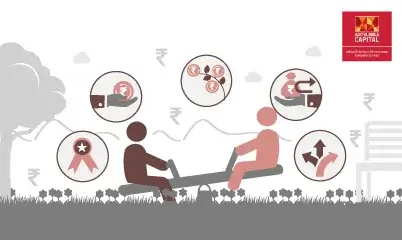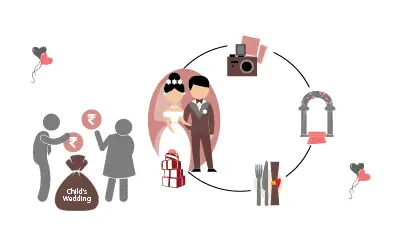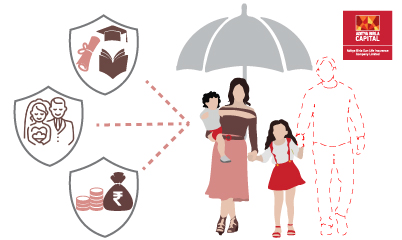Child Education Plan


-
 Table of Contents
Table of Contents
Child Education Plans Definition
Types of Child Education Plans
Key Features of Child Education Plans
Child Education Plans are among the finest investment alternatives because of their abundance of characteristics, including the creation of extra wealth and tax savings. Some of the key features of Child Education Plans are listed below:
Benefits of Child Education Plans
How Much Should You Invest in a Child's Education Plan?
Tips for Getting the Best Child Education Plan
FAQs
About Author


Get Guaranteed Returns After a Month^
Unlock the Power of Smart Investment!
-
Disclaimer
¹Provided all premiums are paid.
³ABSLI Child’s Future Assured Plan. Plan option: Education & Marriage Milestone. Male | Age: 35 years | Policy term: 25 years | Premium paying term: 10 years | Education milestone benefit period: 3 yrs & Education assured benefit start term: 15 yrs | Marriage assured benefit start term: 25 years | Annualized premium: ₹1,00,000 (excluding tax) | Total Benefits Payout: Rs 21,58,664 [Education Milestone Payout: Rs 10,79,332 (policy year 15,16,17) and Marriage Milestone Payout: Rs 10,79,332 (policy year 25)] | Age of Child: 0 years, Child as a nominee | Sum assured multiple for marriage: 100%
ABSLI Child Future Assured Plan (UIN: 109N124V01) is a non-linked non-participating individual life insurance savings plan
⁴https://economictimes.indiatimes.com/news/india/the-cost-of-raising-a-child-in-india-school-costs-30-lakh-college-a-crore/articleshow/93607066.cms?from=mdr
⁵https://economictimes.indiatimes.com/best-ways-to-invest-for-your-childs-education/investarticleshow/46500251.cms?from=mdr
ADV/9/22-23/1528
Subscribe to our Newsletter
Get the latest product updates, company news, and special offers delivered right to your inbox
Thank you for Subscribing
Stay connected for tips on insurance and investments

 Home Loans
Home Loans
 Personal
Loans
Personal
Loans
 SME Loans
SME Loans
 Business Loans - Udyog
Plus
Business Loans - Udyog
Plus
 Loan against Securities
Loan against Securities
 Mutual Funds
Mutual Funds
 Stock and
Securities
Stock and
Securities
 Portfolio
Management Services
Portfolio
Management Services
 Pension Funds
Pension Funds
 Life
Insurance
Life
Insurance
 Health
Insurance
Health
Insurance
 Wellness
Solutions
Wellness
Solutions
 Pay Bills
Pay Bills
 Pay anyone
Pay anyone
 Pay on call
Pay on call
 Payment
Lounge
Payment
Lounge
 ABC Credit
Cards
ABC Credit
Cards

 1800-270-7000
1800-270-7000









